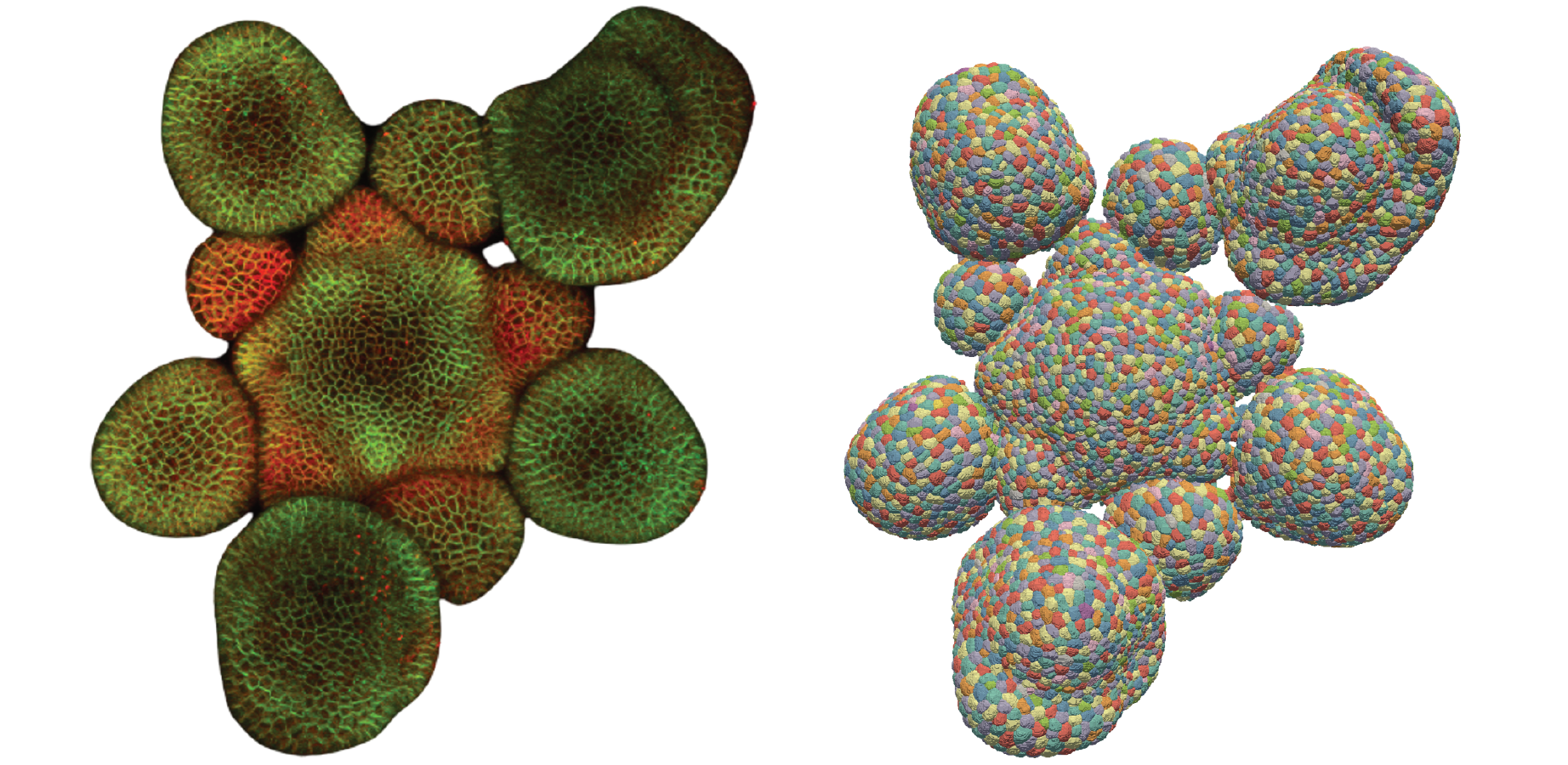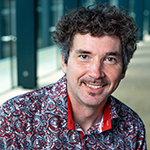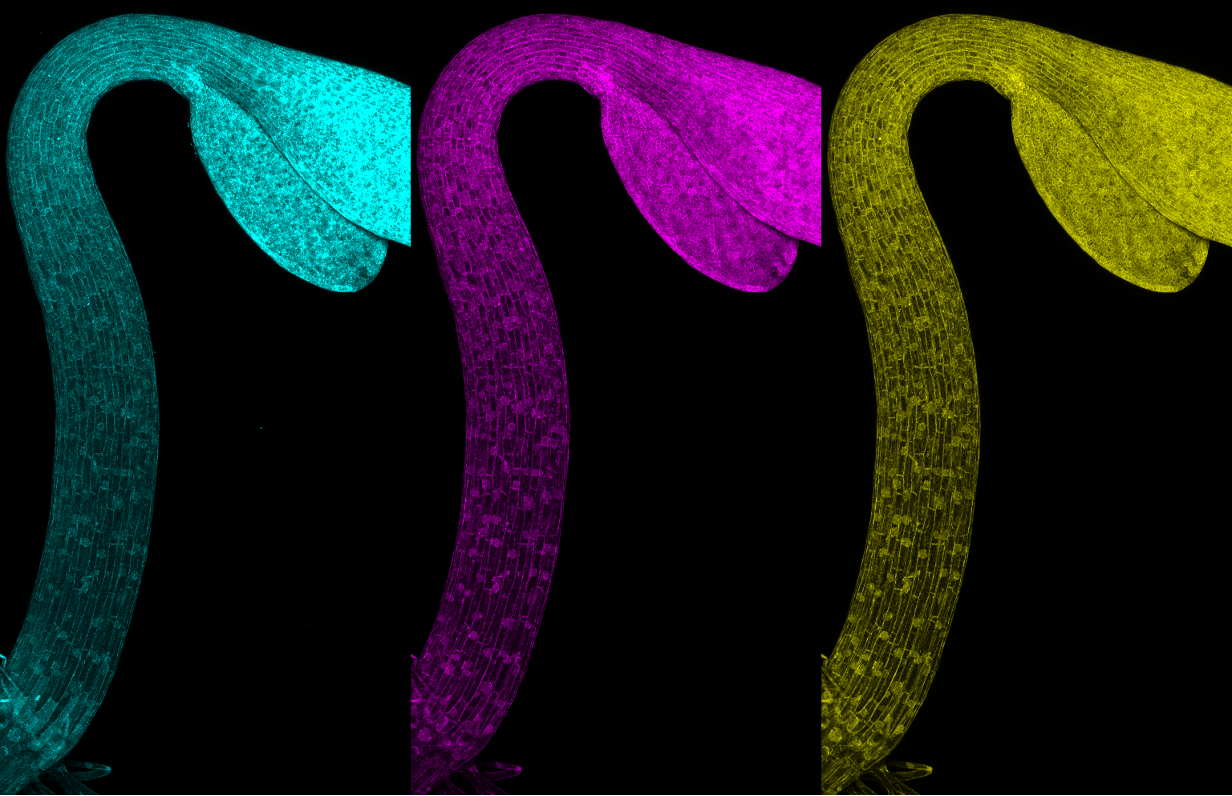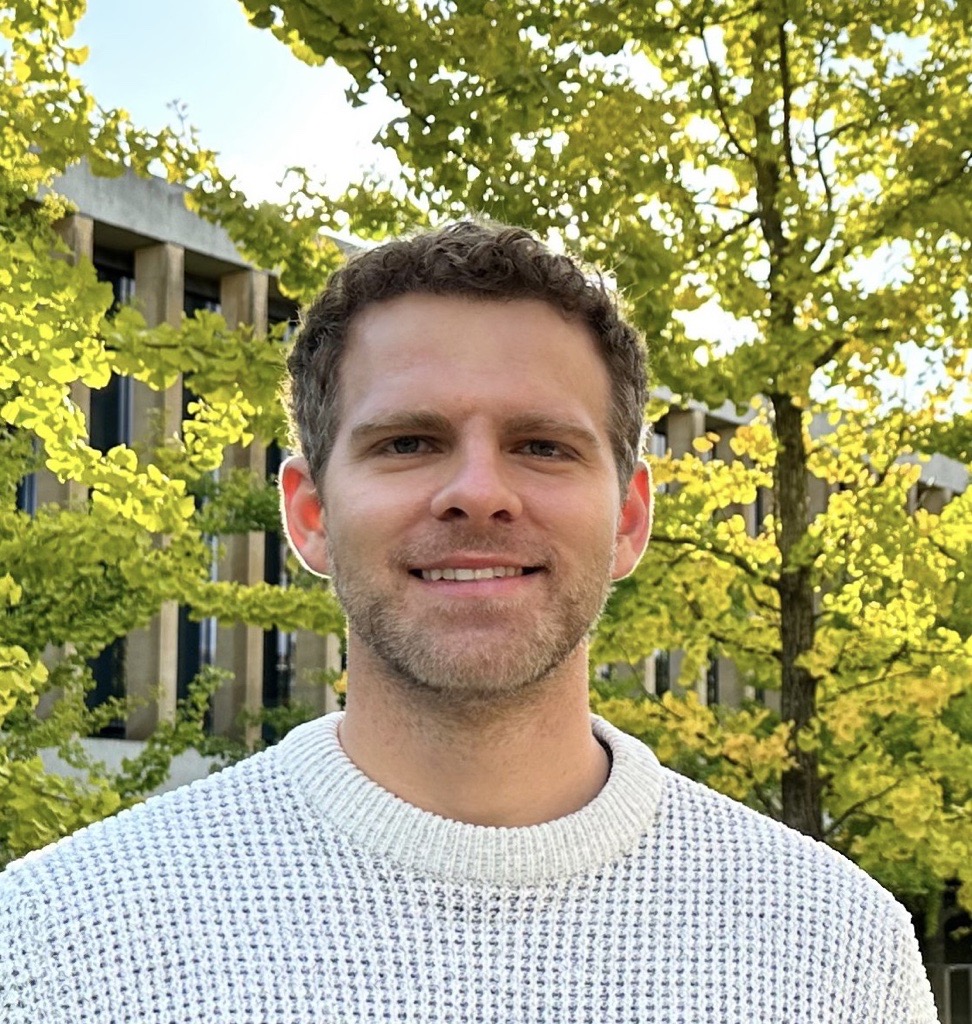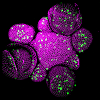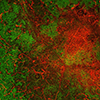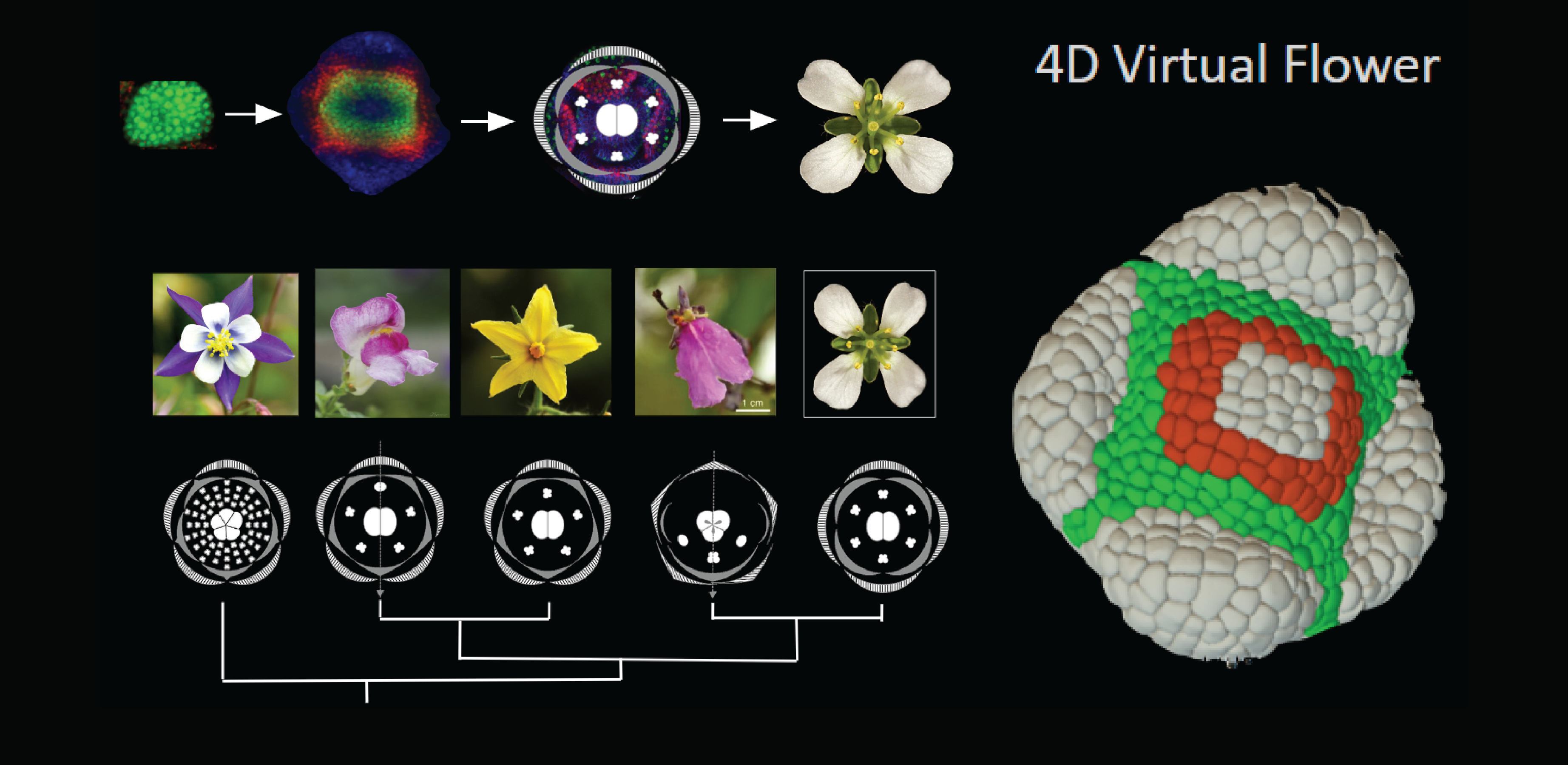
Two research consortia, including SLCU's Professor Henrik Jönsson and Dr Alexander Jones, have been awarded prestigious ERC Synergy Grants to investigate fundamental aspects of plant development from diverse angles, paving the way for advancements in biotechnology and plant engineering.
The highly competitive ERC Synergy grants are designed to support collaborative research efforts that address complex, ambitious scientific challenges beyond the scope of individual researchers. Henrik Jönsson is part of the RESYDE project and Alexander Jones is part of the STARMORPH project, which have each received €10 million in funding over six years.
The projects are collaborations with the Swedish University of Agricultural Sciences (Sweden) Umeå University (Sweden), Humboldt-Universitaet zu Berlin (Germany), University of Sydney (Australia), Institute of Experimental Botany of the Czech Academy of Sciences (Czech Republic) and University of Freiburg (Germany).
RESYDE – Building a virtual flower
RESYDE, the project in which Henrik Jönsson is involved in, will tackle the question how multicellular organisms generate their intricate forms. The focus of the RESYDE project is on symmetry breaking during flower development – a process by which two initially identical cells adopt different cell fates – leading to diverse forms and functions. This fundamental phenomenon is crucial in all multicellular organisms.
Read more about the RESYDE project
STARMORPH - Creating a spatio-temporal map for auxin dynamics
The STARMORPH project that Alexander Jones is part of will focus on auxin - a plant hormone crucial to various aspects of plant development. For example, auxin plays a key role in promoting root and stem growth and is essential for organ formation.
Read more about the STARMORPH project

